ULTRAVIOLET WATER TREATMENT SYSTEMS
By. Najih - 19 Dec 2023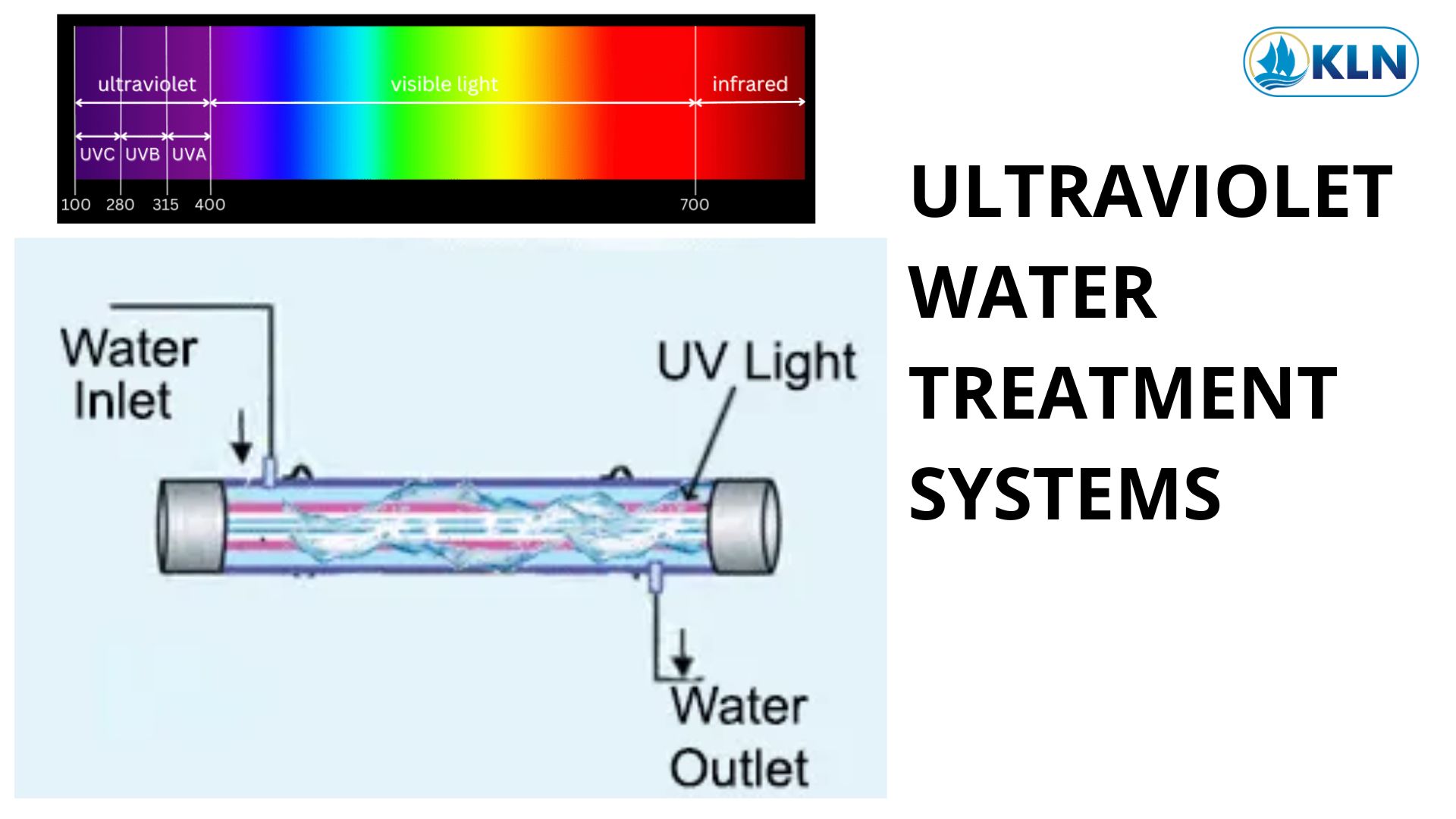
Ultraviolet (UV) irradiation is a well-established treatment technology for bacterial inactivation in water, air and solid surfaces and is one of the approved technologies used for food processing and preservation. The efficiency of UV treatment is attributed to the hazardous effects of UV radiation, which can destroy directly the DNA and the outer cell membrane of pathogenic microorganisms. UV light is proven to eliminate many microorganisms such as bacteria, viruses, protozoa and even some harmful pathogens that are not eliminated by chlorine. UV irradiation between 250 nm and 270 nm, where the maximum absorbance of nucleotide bases of the genome occurs, including thymine, cytosine and uracil, can induce damages in DNA and RNA, thus inhibiting cell transcription and replication. Specifically, the major DNA lesion, induced by germicidal UV-C irradiation at 254 nm, is the formation of pyrimidine dimers. The presence of these lesions inhibits the normal replication of DNA, and therefore results in inactivation of the microorganisms in short time periods. In addition, UV disinfection does not require chemical reagents, thus another advantage is that there is no formation of hazardous disinfection by-products after treatment.
There are several benefits of UV water treatment, here are some examples:
• Cost-effective
• No change to the taste or odour of the water
• Simple maintenance
• No disinfection by-products
• Reduce plastic bottle usage
• Environmentally friendly
• No moving parts to wear out
• Compact systems to fit in small and large places
• No added chemicals
Cleaning the pipe system downstream from a UV water treatment system is required. Over time a biofilm (or slime) may grow in a water supply system treated with UV light. This may require occasional treatment with chlorine to remove any biofilm within the pipes. To remove biofilm flush all pipes with a 1mg/L solution of chlorinated water making sure to open all taps to allow all chlorinated water to drain. All UV light systems will require maintenance. UV light tubes and lamps will require regular replacement. Teflon and quartz glass tubes within the unit will require cleaning to remove algae and other deposits. It is recommended that you follow the maintenance procedures specified by the manufacturer or product supplier.
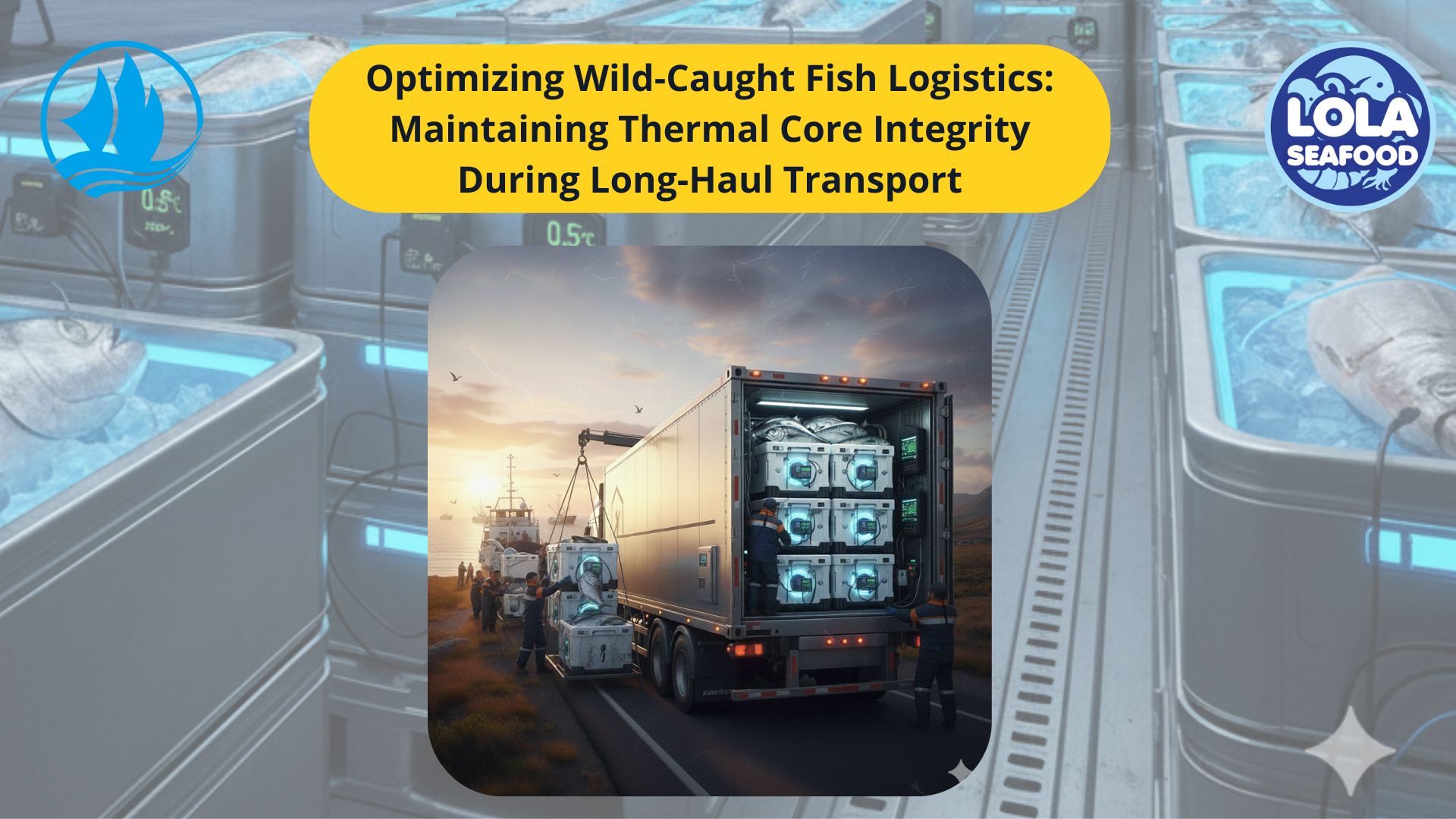
Optimizing Wild-Caught Fish Logistics: Maintaining Thermal Core Integrity During Long-Haul Transport
.jpg)
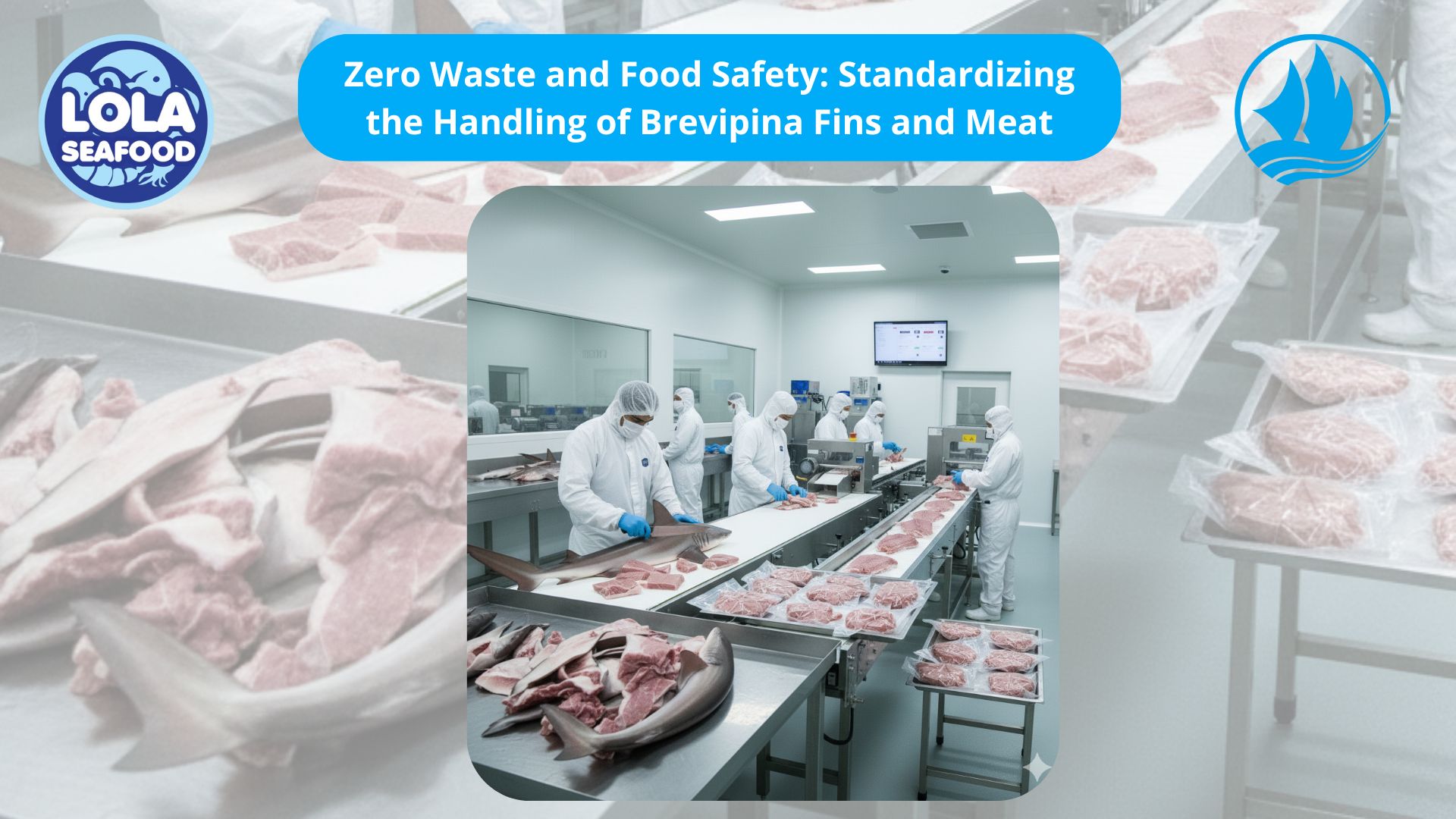
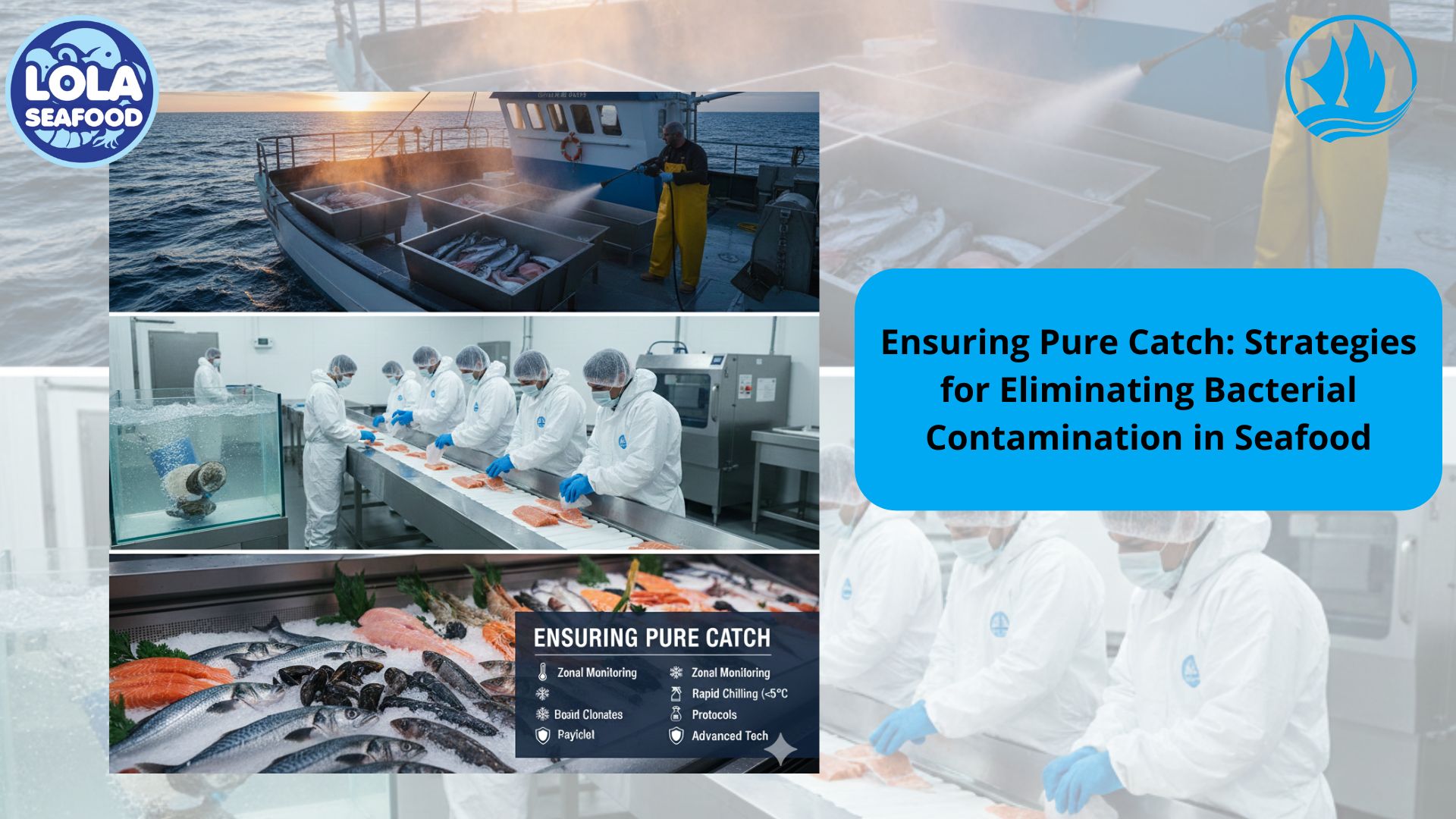
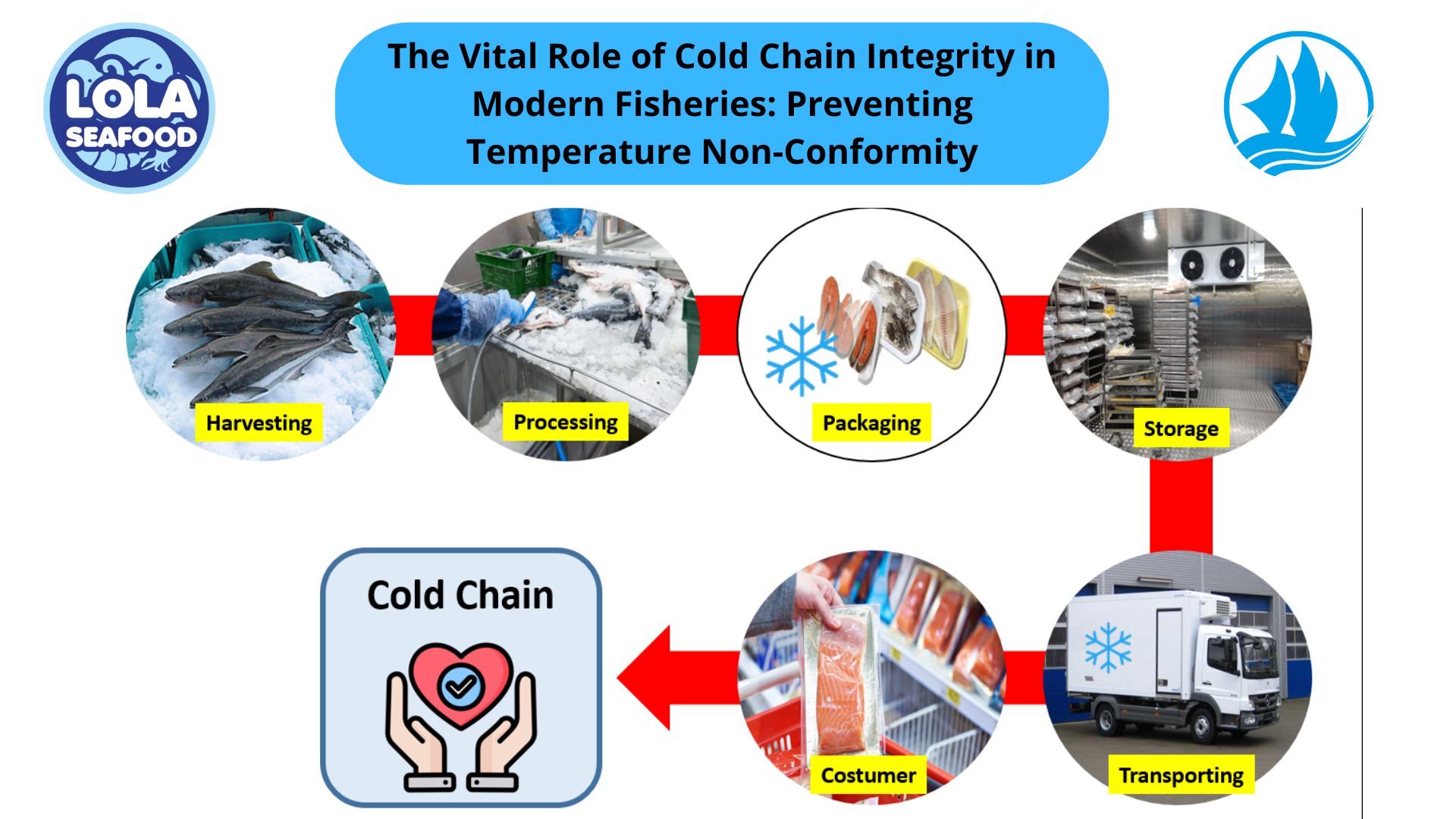
.jpg)

 and Employee Productivity on the Demersal Fish Processing Floor.jpg)
